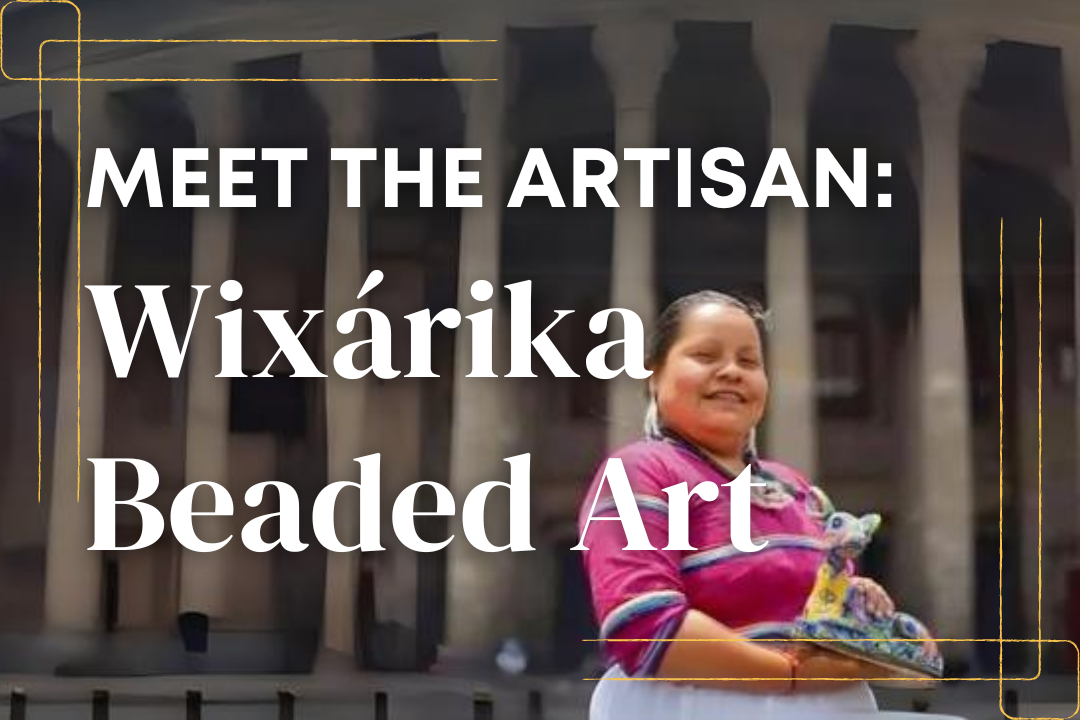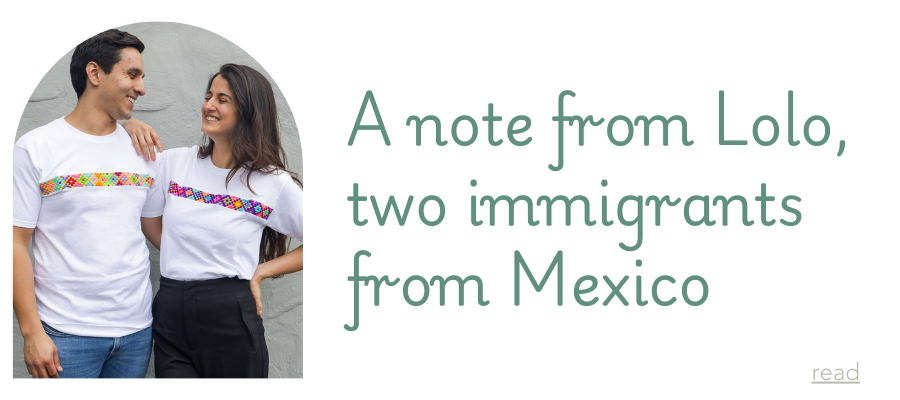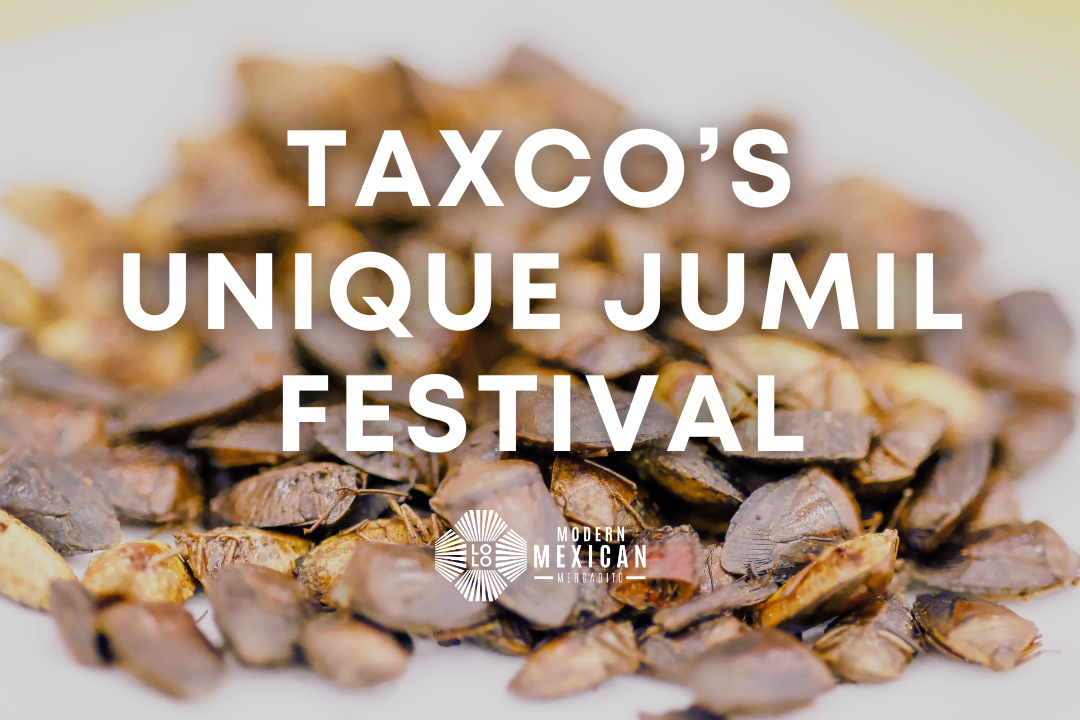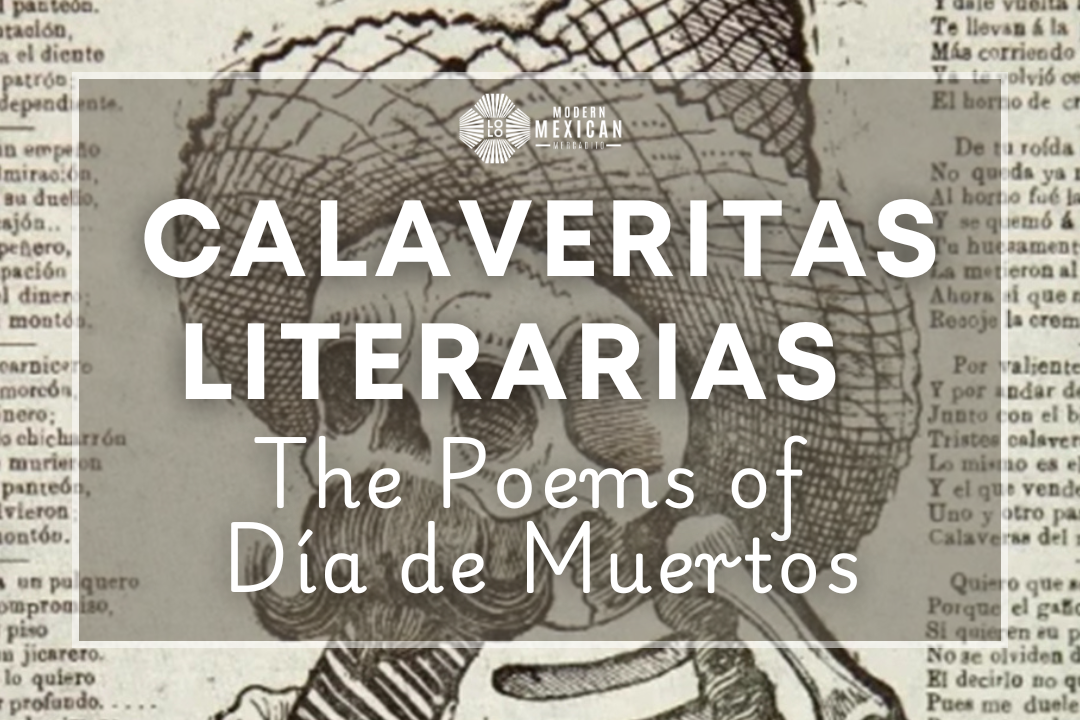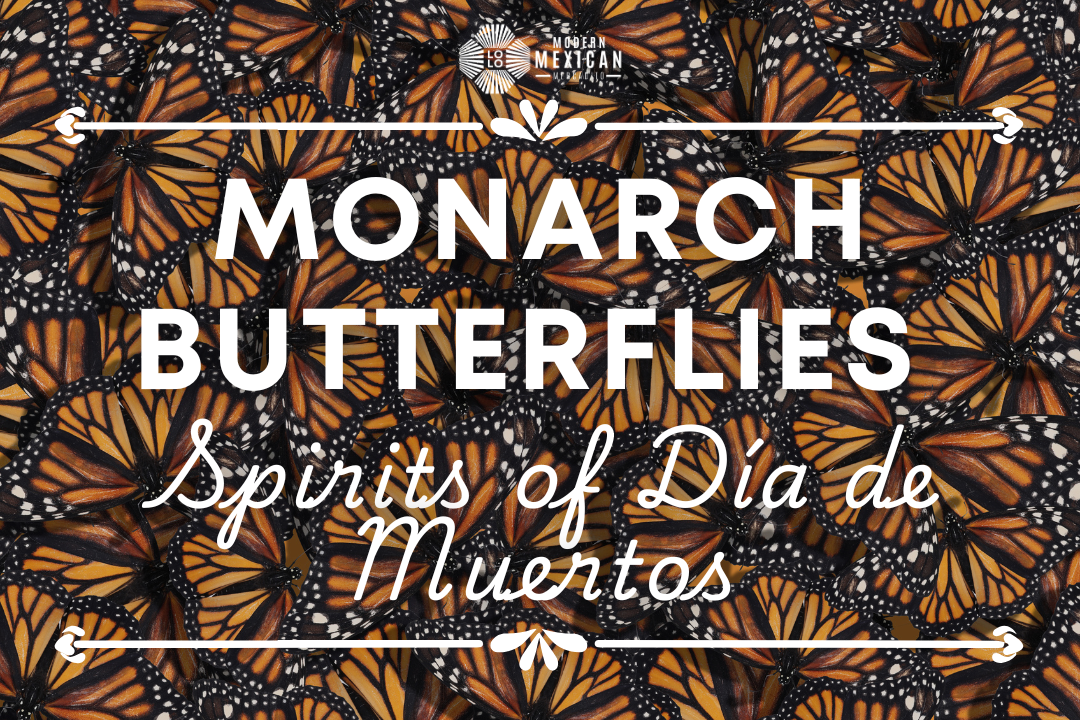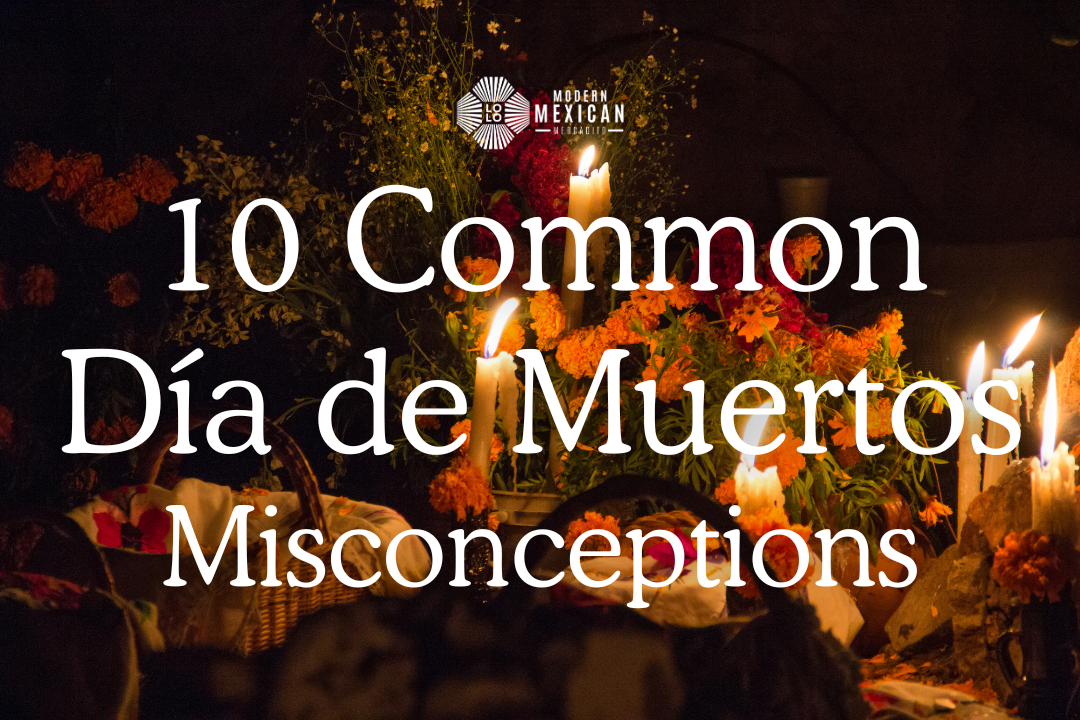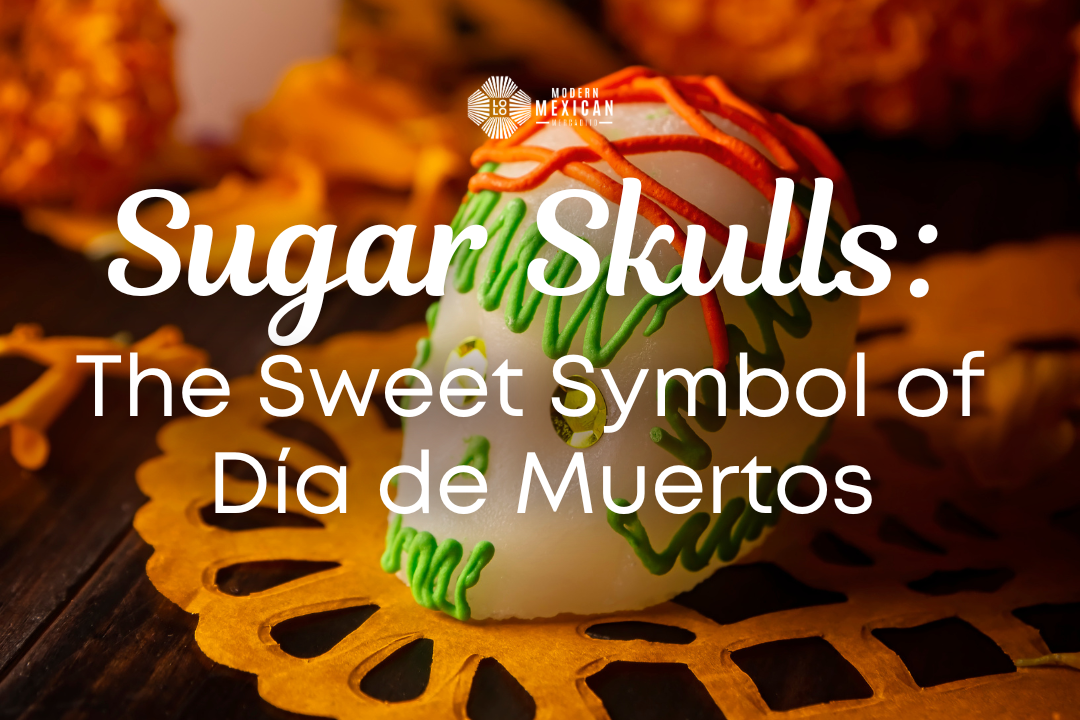The Wixárika (more commonly known as Huichol) people of Mexico are renowned for their vibrant beadwork, an art form known as chaquira art, from the bead’s name. This intricate technique, involving the meticulous arrangement of brightly colored beads, serves as both a medium of artistic expression and a profound cultural tradition. For the Wixárika, chaquira art is a conduit through which they communicate with the spiritual realm, tell their stories, and preserve their rich heritage while also demonstrating their talent through outstanding aesthetic pieces.
Today, we delve into the cultural richness of chaquira art and highlight the extraordinary work of master artisan Angélica Cosío, an experienced artisan from the small community of Los Lobos in Mezquitic, Jalisco, who is also the author and workshop leader of some of the beaded jewelry pieces found at Lolo.
The Cultural Significance of Chaquira Art
Chaquira art holds a central place in the Wixárika community. Each bead used in the creation of chaquira art is filled with symbolic meaning, serving as a way to communicate with spiritual world. The Wixárika use this beadwork to create a variety of objects, from jewelry to ritual artifacts and sculptures, making sure that each piece tells a story or conveys a message rooted in their ancestral knowledge and current traditions.
The designs and patterns in chaquira art are not arbitrary; they represent the Wixárika worldview, encapsulating their beliefs and traditions. For instance, the "Eye of God" pattern symbolizes divine vigilance and spiritual protection, while the "Blue Deer" signifies the connection between the human and spiritual worlds. These symbolic patterns and vibrant colors not only make chaquira art visually stunning but also serve as a bridge connecting present generations with their past, ensuring that the stories and traditions of the Wixárika people are passed down and preserved.
Angélica Cosío, Guardian of Tradition
In the heart of the Sierra Madre Occidental, the small community of Los Lobos in Mezquitic, Jalisco, is home to Angélica and her family, all of whom have dedicated their life to preserving and promoting this ancient craft.

While meeting with her and getting familiar with her craft, we sat down and had a conversation to learn a little bit about her and the history behind her craft. That is how we learned that Angélica’s journey into the world of chaquira art began at a very young age. Growing up in Los Lobos, she was surrounded by the rich cultural heritage of the Wixárika people. At just three and a half years old, she started designing her own cross-stitch embroideries. This early exposure to the art form ignited a lifelong passion for beadwork art.
Despite not learning the craft directly from her family, Angélica felt a deep connection to her ancestors, believing that her talent was a gift from them, as she pointed out. Over the past 25 years, she has honed her skills, creating intricate designs that reflect the worldview and traditions of her people.
“I started designing my own cross-stitch embroideries when I was three and a half, inspired by the animals I saw around me. I’ve been on this journey for over 25 years. I didn’t learn directly from my family; it was something that emerged from within me. I’ve always felt that this gift was a blessing from our ancestors, a way to ensure that our traditions continue,” Angélica shared.
Angélica's work is characterized by its rich symbolism and vibrant colors, elements that are intrinsic to Wixárika art. Her pieces often feature sacred images like the protective god’s eye, each meticulously crafted with fine chaquira beads. Through her brand and workshop, she aims to cultivate and preserve the Wixárika identity, creating pieces that serve as a cultural affirmation and a call for appreciation and respect.
“Every piece I create is a reflection of our worldview. From jewelry to clothing, each design is full of meanings that celebrate and communicate our beliefs and our history,” she explained.
Bridging Generations and Cultures
Angélica's dedication to her craft has not gone unnoticed. She and her family have participated in numerous national festivals and exhibitions, such as the Jalisco Heart of Artisan Crafts. Her work has also reached international audiences, with exhibitions in the United States, England, Switzerland, and France, showcasing the universality and cross-cultural appeal of Wixárika craftsmanship.
“Our culture is made up of respect for the land and everything around us. Through my art, I seek to teach others about the importance of our sacred places and practices. It is a form of resistance against appropriation and exploitation,” Angélica emphasizes, affirming that each creation is an act of cultural affirmation and a call for appreciation and respect.
In 2022, Angélica was awarded the Jalisco Prize in Indigenous Jewelry, recognizing her ability to merge traditional and contemporary elements creatively and respectfully. And, of course, though not as impressive as the previous awards mentioned, but at Lolo Modern Mexican Mercado, we are proud to carry some of Angélica's exquisite jewelry pieces.
The Process of Creating Chaquira Art
While traditional Wixárika beadwork is often seen on the streets of popular tourist destinations like Puerto Vallarta, Nayarit, and Sayulita, Angélica's designs stand out for their use of fine and elegant beads. This allows her to create even more intricate and detailed patterns, elevating the art form to new heights.

Creating chaquira art is a painstaking process that requires skill, patience, and a deep understanding of traditional techniques. Wixárika artists like Angélica use waxed threads to secure the chaquira beads and weave them together creating intricate and colorful designs. This method, passed down through generations, ensures that each piece is both a work of art and a vessel of cultural significance.
Each chaquira design has specific symbolism, conveying messages and ancestral knowledge. The geometric patterns and vibrant colors used in Wixárika art are integral to the community's cultural identity, with each design telling a story or representing a belief.
Preserving and Promoting Wixárika Art
As Wixárika art gains recognition and appreciation worldwide, artisans like Angélica are exploring new forms of expression while maintaining the traditional essence and symbolism of chaquira art. The opportunities provided by the commercialization of Wixárika art have been vital in supporting artists and their families, contributing to the preservation of their culture and traditions.
Despite its growing recognition, Wixárika art faces challenges such as globalization and the loss of traditions. Angélica's ambitious plans to expand her influence and continue educating through art reflect her commitment to preserving and promoting Wixárika culture. “I want our voice, our story, and our Wixárika culture to be known and respected worldwide. This is the legacy I wish to leave for my children and for future generations of Wixárika artists,” she told us.

To address these challenges on our end, we begin by recognizing Wixárika art as a significant and valuable art form, helping to increase awareness and respect for this cultural heritage. Moreover, we are dedicated to preserving Wixárika culture work closely with artists and communities such as Angélica by following our 8-step business model and learning as much as we can from these communities, listening closely to understand what other way—besides serving a platform of fair commercialization and cultural promotion—can Lolo be of help.
Artists like Angélica Cosío play a crucial role in this cultural preservation, using their skills and creativity to create works of art that are not only beautiful but also deeply meaningful. If you would like to support her work and our mission at the same time, be sure to check out our Mercadito here, or shop Angélica’s pieces here.

--
What do you think? Where you familiar with this craft? What other technique would you like to see a highlight from? We love to read your comments, which you can make in the comment section below. Also, as usual, don’t forget to subscribe to our newsletter if you would like to receive more articles like this one and to check out our shop to get the latest from Mexico

